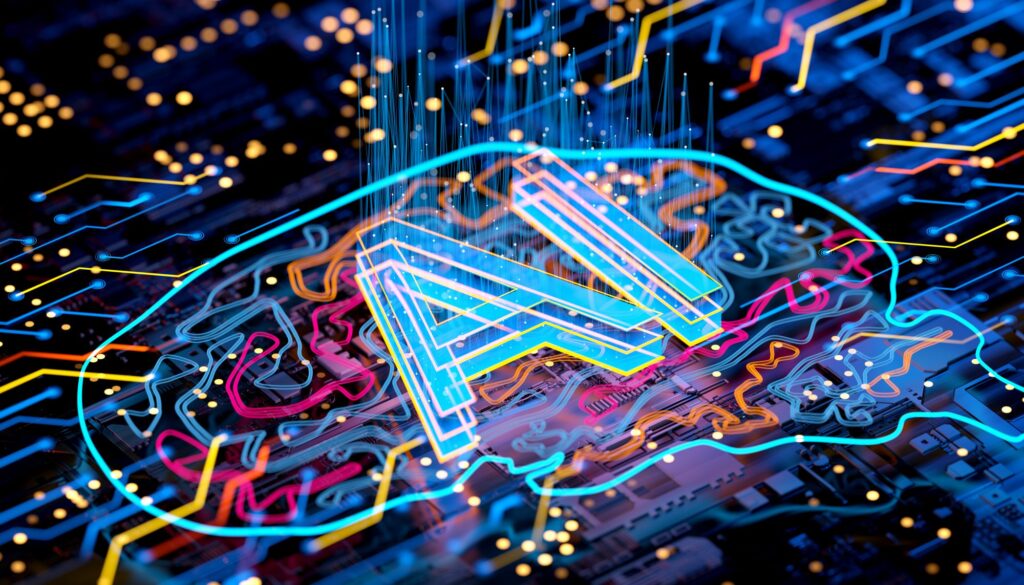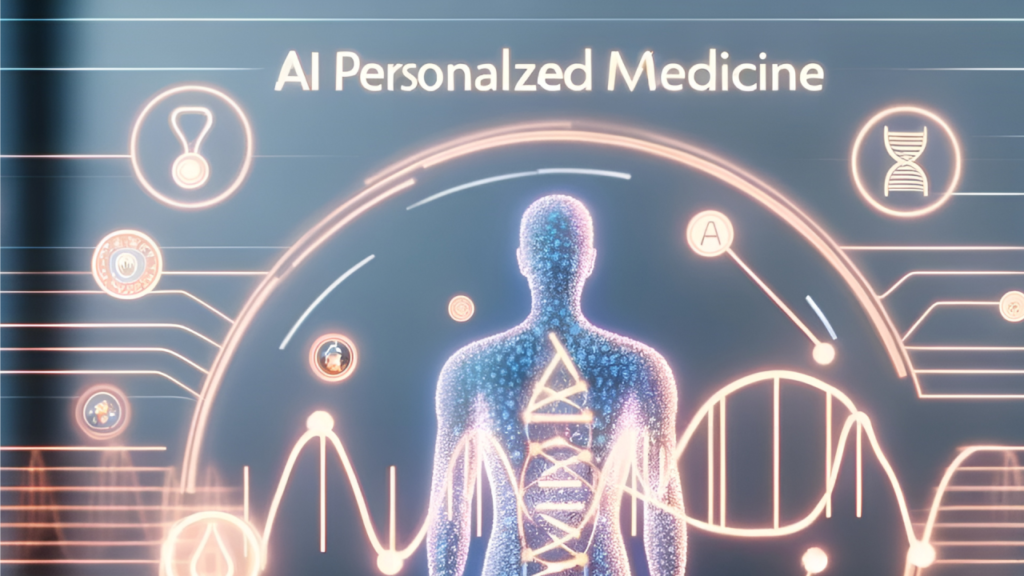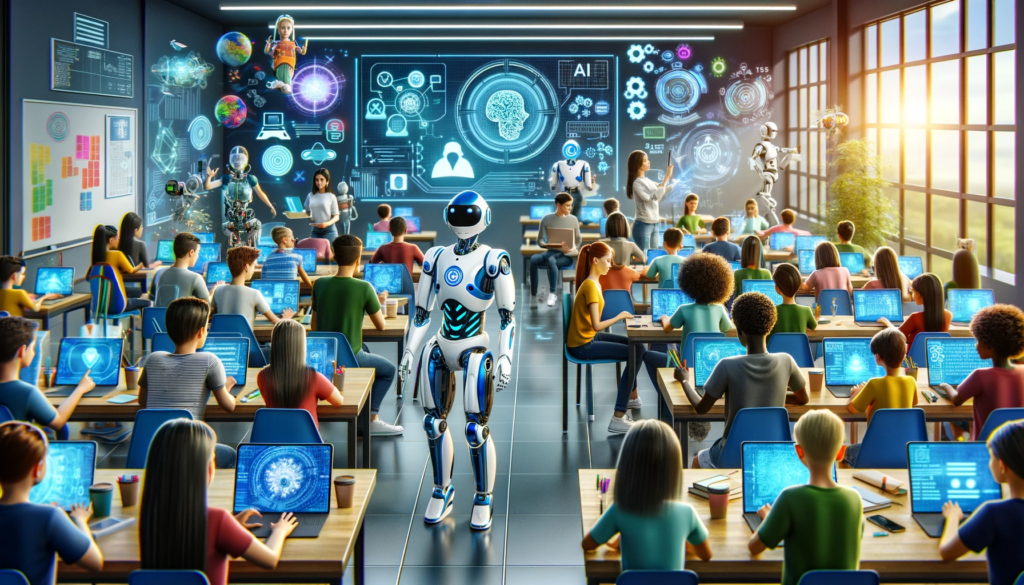Effective Use of Artificial Intelligence
Artificial intelligence (AI) stands out as a rapidly developing technology in today’s world, creating significant changes in many sectors. This technology is used to optimize business processes, accelerate decision-making processes, and improve user experience by providing innovations in areas such as data analysis, machine learning, natural language processing, and robotics. The effective use of artificial intelligence offers different advantages and opportunities in every sector.

Artificial Intelligence in Healthcare: Diagnosis and Treatment
Artificial intelligence (AI) is leading revolutionary changes in the healthcare sector. Especially in early disease diagnosis, personalization of treatment plans, and medical imaging analysis, the use of artificial intelligence helps doctors make more accurate and faster decisions. Additionally, AI-supported robots enhance surgical operations’ precision, ensuring patient safety. In this article, we will discuss the effective use of artificial intelligence in the healthcare sector for diagnosis and treatment processes.

Early Disease Diagnosis
a. Data Analysis and Predictive Analytics
Artificial intelligence can detect early signs of diseases by analyzing large datasets. Predictive analytics methods use data from various sources such as genetic information, medical history, and lifestyle data to identify individuals’ disease risks in advance. For example, individuals at risk of heart disease can be identified early by AI, allowing for preventive measures and treatment plans.
b. Medical Imaging and Radiology
AI algorithms are used to detect abnormalities in medical imaging such as MRI, CT scans, and X-rays. These technologies assist radiologists in making faster and more accurate diagnoses, particularly in early-stage diagnosis of diseases like cancer. For instance, identifying a small nodule in a lung X-ray can initiate early diagnosis and treatment, potentially saving a patient’s life.
Personalization of Treatment Plans
a. Genetic and Biomarker Analysis
AI analyzes patients’ genetic information and biomarkers to create personalized treatment plans. This ensures the selection of the most suitable drugs and treatment methods based on the patient’s genetic makeup, enhancing treatment effectiveness and minimizing side effects. For example, in cancer treatment, AI can determine the most effective treatment method for patients with specific genetic mutations.
b. Electronic Health Records (EHR) and Patient Monitoring
AI analyzes patients’ electronic health records to optimize treatment processes and improve patient monitoring. These systems consider patients’ past treatment information, allergies, and drug interactions to suggest the most suitable treatment plan and support doctors’ decision-making processes. For example, patients with chronic illnesses can be continuously monitored with AI assistance, leading to more effective management of their treatment processes.
Medical Imaging Analyses
a. Anomaly Detection and Classification
AI is used to detect and classify abnormalities in medical images. For example, AI systems can quickly detect tumors in brain scans or nodules in lung X-rays. This enables doctors to make more accurate diagnoses and start treatment earlier. Early diagnosis of diseases like cancer significantly improves treatment success rates.
b. 3D Imaging and Reconstruction
AI used in 3D medical imaging and reconstruction technologies helps surgeons better understand complex anatomical structures. This technology plays a significant role in planning surgical operations and increasing precision. For instance, AI-supported 3D models in heart surgeries allow surgeons to better prepare before operations and perform more precise movements during surgery.

AI-Supported Robots
a. Surgical Robots and Precision
AI-supported surgical robots enhance the precision of operations using minimally invasive surgical techniques, reducing the risk of tissue and organ damage. These robots prevent hand tremors in surgeons, decreasing the risk of tissue and organ damage. For example, the Da Vinci surgical robot system operates with high precision in prostate cancer surgeries, accelerating patient recovery and reducing complication risks.
b. Rehabilitation Robots and Patient Monitoring
AI is used to develop robotic systems in rehabilitation to monitor patients’ progress and motivate them. These robots increase patients’ compliance with treatment, leading to faster and more effective recovery processes. For example, AI-supported robots for patients recovering from strokes help them regain movement abilities, allowing them to return to daily life activities more quickly.
Artificial Intelligence in Education: Personalized Learning Experience
Artificial intelligence (AI) revolutionizes education by personalizing students’ learning experiences and helping teachers develop effective teaching methods. AI considers students’ individual needs and learning speeds, optimizing learning materials and methods accordingly. In this article, we will discuss AI’s role in creating personalized learning experiences in education.
Personalized Learning Plans
a. Monitoring and Analyzing Student Performance
AI continuously monitors students’ performance to identify their strengths and weaknesses. Data from tests, assignments, and in-class interactions are collected and analyzed. Based on these analyses, personalized learning plans are created for each student. For example, a student struggling in mathematics can be provided with additional resources and exercises targeting their areas of weakness.
b. Adaptive Learning Systems
AI adjusts lesson content according to students’ individual learning speeds and styles through adaptive learning systems. These systems track students’ progress and provide additional explanations, exercises, or alternative learning materials when needed. This allows each student to learn at their own pace and most efficiently. For instance, platforms like Khan Academy adapt lesson content based on students’ needs, making learning more effective.
Support for Teachers and Feedback
a. Automatic Assessment and Feedback
AI automatically evaluates exams and assignments, reducing teachers’ workload and providing quick feedback to students. These systems analyze students’ mistakes and determine which topics require more practice. Teachers can use the feedback provided by AI to plan their lessons more effectively and offer individual support tailored to each student’s needs.
b. Professional Development and Teaching Methods
AI supports teachers’ professional development by helping them identify the most effective teaching methods. Teachers can see which teaching strategies are most effective based on the data and analyses provided by AI, allowing them to adjust their lessons accordingly. Additionally, AI-supported education platforms offer training on new teaching methods and pedagogical approaches, ensuring continuous improvement.
Personalization of Learning Materials
a. Content Recommendation Systems
AI recommends personalized content based on students’ interests and learning needs. These systems analyze students’ past learning data to determine their areas of interest and where they may need additional support. As a result, more engaging and meaningful learning materials are provided to students. For example, if a student is interested in history, AI-recommended history documentaries and articles can support their learning process.
b. Use of Multimedia Content
AI enriches the learning experience by providing multimedia content tailored to different learning styles. Various multimedia tools such as videos, audio lessons, interactive simulations, and game-based learning encourage students to learn more effectively and enjoyably. For example, in a chemistry class, AI-supported interactive simulations can encourage students to learn by conducting experiments.

Remote Learning and E-Learning
a. Online Classes and Virtual Classrooms
AI optimizes remote learning and e-learning processes, offering students flexible and personalized learning opportunities. Online class platforms, with AI-supported content management systems, are organized based on students’ individual learning needs. Virtual classrooms and interactive learning environments increase students’ active participation and enhance the learning experience. For instance, platforms like Coursera use AI to suggest course content based on students’ interests, personalizing the learning process.
b. Learning Analytics and Student Support Systems
AI tracks students’ progress in remote learning, providing learning analytics and creating student support systems. Data such as students’ class attendance, assignment submissions, and exam results are analyzed to identify which students need additional support. Students are guided and supported more effectively in their learning processes through the analyses provided by AI. For example, if a student is struggling in classes, AI-recommended additional resources and support materials can improve their learning experience.
Artificial intelligence creates personalized learning experiences in education by meeting students’ individual needs and helping teachers develop more effective teaching methods. The advantages of AI in healthcare and education, as discussed in this text, will continue to expand and provide significant benefits to society in various sectors.
AI recommends personalized content based on students’ interests and learning needs. These systems analyze students’ past learning data to